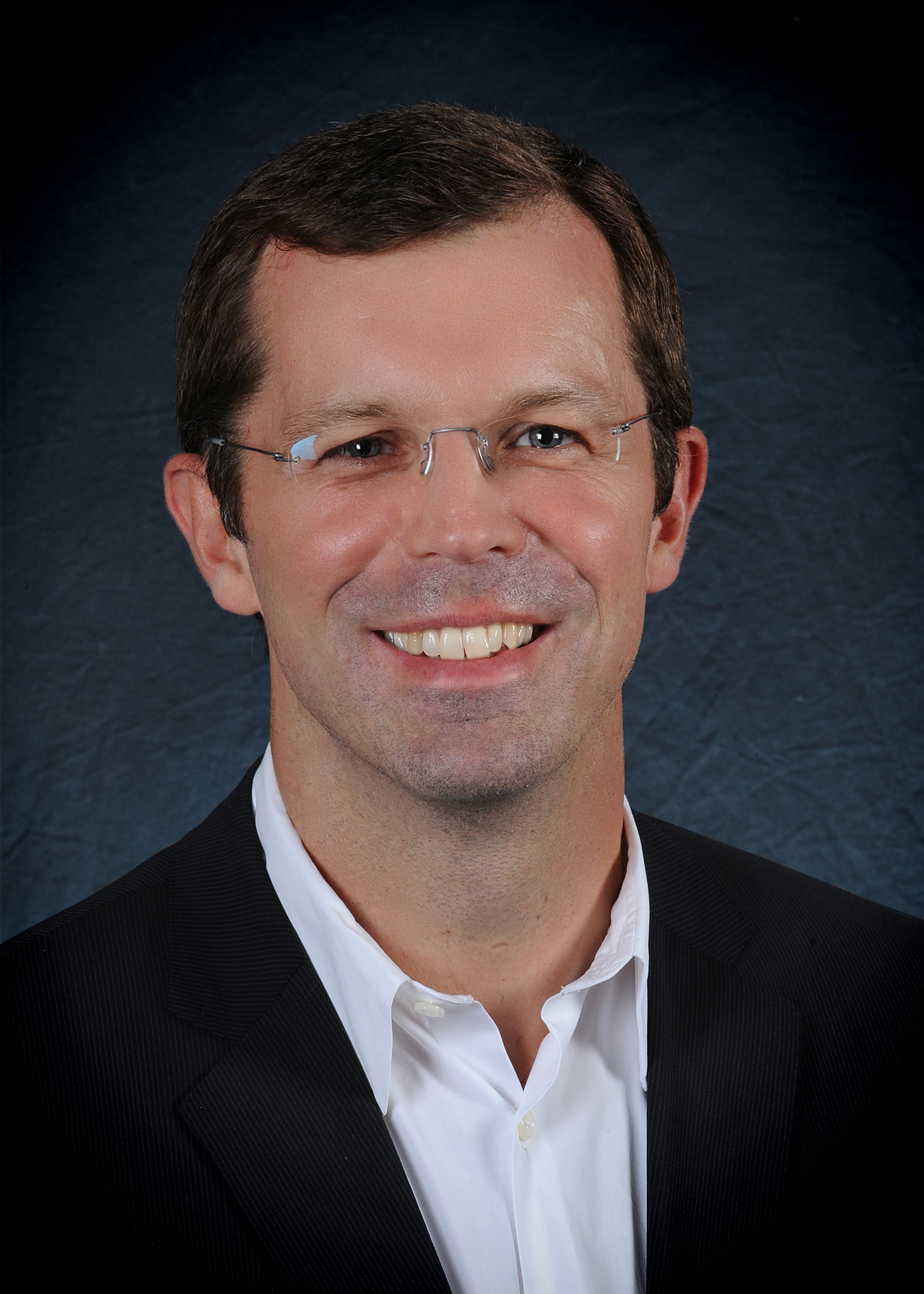Encouraging physicians to recommend human papillomavirus (HPV) vaccine to adolescent boys and their parents – and educating the boys and their families about the importance of receiving the vaccine – are essential to reducing the cancers this virus can cause.

Only a small minority of adolescent boys in the United States currently receive any of the three recommended doses of HPV vaccine, according to a study led by University of North Carolina at Chapel Hill Gillings School of Global Public Health researchers and published earlier this month in the American Journal of Public Health.
The study was authored by Noel Brewer, PhD, associate professor of health behavior at the Gillings School, member of the UNC Lineberger Comprehensive Cancer Center and member of the National Vaccination Advisory Committee’s Working Group on HPV Vaccine.
In 2010, only 2 percent of the boys surveyed by researchers had received any of the three recommended doses of HPV vaccine, as compared to 8 percent who had received any doses in 2011. The Center for Disease Control (CDC) Advisory Committee on Immunization Practices has recommended the three-dose vaccine for boys since 2009, with the most recent guidelines issued in 2011 advising its routine use for males ages 11 and 12, with catch-up doses through age 21.
The UNC study found that physicians play a crucial role in the adoption of the vaccine. About 55 percent of parents who had received a doctor’s recommendation to have their sons vaccinated did obtain the vaccine for their sons between the baseline and follow-up years. Only 1 percent of parents who had not received a recommendation obtained the vaccine.
The HPV vaccine is one of the leading preventive measures against cervical cancer in women. In men, it protects against genital warts and anal cancers, and males who have received the vaccination may provide indirect health benefits to their partners (by not transmitting HPV).
“Some estimates suggest that 4,000 cases of cervical cancer will occur for every year we delay full coverage with HPV vaccine,” Brewer said. “Sons, daughters and their families need to know early about the importance of the vaccine, and physicians need to routinely recommend HPV vaccine for both boys and girls. Vaccinating protects the vaccinated person as well as his or her partners later in life.”
Researchers examined responses to online surveys completed during the year following the CDC’s first recommendation (2010) and again in 2011 by a national sample of 327 parents with sons ages 11 to 18 years and by their sons (n= 228), to determine what factors might predict whether parents would obtain the vaccination for their sons.
In the 2010 survey, the primary reasons parents gave for not having their sons vaccinated included not knowing that boys can get the vaccine and believing their sons were too young for it. At follow-up, their reasons included not knowing enough about the vaccine, not having received a doctor’s recommendation and concerns that the vaccine was too new or not safe.
The authors concluded that by enlisting support of physicians and educating parents, more parents likely would get this important preventive health measure for their male children.
Other co-authors of the study areJ essica Pepper, health behavior doctoral student; Melissa Gilkey, PhD, postdoctoral fellow at the cancer center; and Kayoll Galbraith, doctoral student in the UNC School of Nursing; Paul Reiter, PhD, assistant professor of epidemiology in The Ohio State University’s College of Public Health and of cancer prevention and control in the College of Medicine and at OSU’s Comprehensive Cancer Center, and Annie-Laurie McRee, DrPH, Gillings School alumna and assistant professor of health behavior and health promotion in OSU’s College of Public Health.
This study was supported in part by a research grant from the Investigator-Initiated Studies Program of Merck Sharp & Dohme Corp. Additional support was provided by the American Cancer Society (MSRG-06-259-01-CPPB), the National Institutes of Health (P50CA105632 and P30CA016058), the Cancer Control Education Program at UNC Lineberger (R25CA57726), and a National Research Service Award in Primary Medical Care at the University of Minnesota (T32HP22239).
